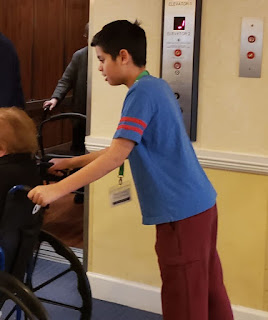COVID-19

The New York Times has the following headline: "Japan Shocks Parents by Moving to Close All Schools Over Coronavirus". It seems like responding to a health concern has now been closely tied to politics. The stakes are high. And in a sea of uncertainty, the consequences for either doing too little or doing too much are severe. Right at the heart of this precarious situation is the unreliability of data. It is the reason why even experts are so cautious with their assessment. Still, there are pieces of data that one can deem reliable. Both fatality rate and confirmed cases, for instance, are skewed toward older age. Above copied from The New York Times An article in the Chinese Journal of Epidemiology reports that nearly 90 percent of cases are in the age group of 30 to 79 years old. Consequently, the majority of the fatalities are also in this age group. What is worth noting is that even the fatality rate goes up with age, reaching more than 1 percent for 50 years or






